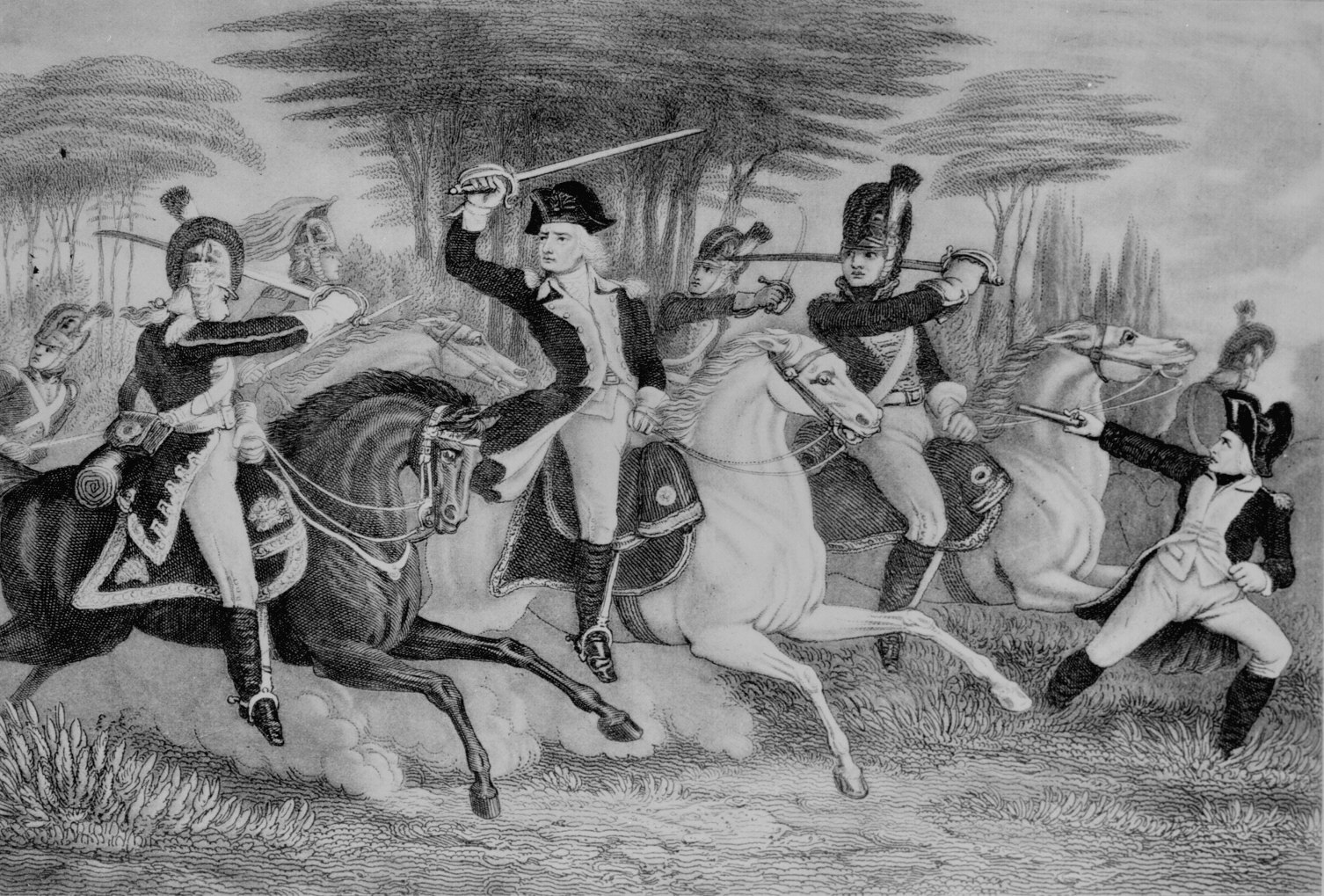
Jump to:
#1. The Catawba Tribe's First European Contact Was 1540

First contact with the Catawbas was recorded in 1540 when the Spanish Conquistador Hernando de Soto marched his troops through the Piedmont while headed west looking for gold.
A Spanish expedition under Juan Pardo was the second famous explorer to come into contact with the Southeast Indian Tribe known as the Catawba Tribe.
Pardo was on a mission to establish forts when he came into contact. The contact was brief and did not lead to anything substantial.
It was believed that the Catawba and Cherokee had settled on the Broad River, their mutual boundary, after some conflict.
#2. The Catawba Are Known For Their Pottery

The Catawba tribe has a long history of pottery. While it is mostly women who make the pottery, some men also participate after their population drops.
According to the South Carolina Encyclopedia:
Utilizing clay dug near the Catawba River, the Catawbas’ methods of production are nearly unchanged since the Woodland (1000 B.C.E.–600 C.E.) and Mississippian (600–1600 C.E.) periods. Impurities are removed from pipe and pan clay, and then pots are hand-built using traditional coiling techniques. Protruding features, such as handles and legs, are attached by riveting (pushing the attachment through a hole pierced in the pot) rather than by direct application to the surface. This technique creates features that will not break off easily. Once pots are air dried, the surface is scraped even with a piece of bone, antler, or a knife and then burnished to a shine with a smooth river stone.
Pottery is still made by the remaining Catawba's today.
#3. In 1738 The Catawba Were Hit Hard By Smallpox And Hit Again In 1759.
In 1738, a smallpox epidemic broke out in South Carolina. Endemic for centuries among Europeans, the infectious disease had been carried by them to North America, where it caused many deaths.
The Catawba and other tribes, such as the Sissipahaw, suffered high mortality in these epidemics.
In 1759, a smallpox epidemic killed nearly half the Catawba.
The population went from an estimated 10,000 in 1738 to less than a thousand by the time of the American Revolution.
#4. The Catawba Tribe Fought With The Americans During The Revolutionary War

Their population had been decimated, but they were still known as excellent warriors.
They had been in an alliance with the English prior to the Revolutionary War, but when the war began, they opted to ally themselves with the Americans.
They helped primarily in the Southern Campaign and helped the colonists earn their freedom from King George III.
#5. The Catawba Still Survive Today
The Catawba Tribe managed to survive Indian removal and disease. According to their website, here is where they are at now:
Of the 573 federally recognized tribes in the United States, the Catawba Indian Nation is the only one located in the state of South Carolina. The modern-day tribal lands are located in York County, South Carolina. There are currently over 3300 enrolled members of the Nation. The Nation has a long history and a rich culture that lives on today.
The Catawba tribe has shown an ability to adapt and progress more than most Native Americans. While they still maintain many of their traditions, they have also adopted many from the modern world.
